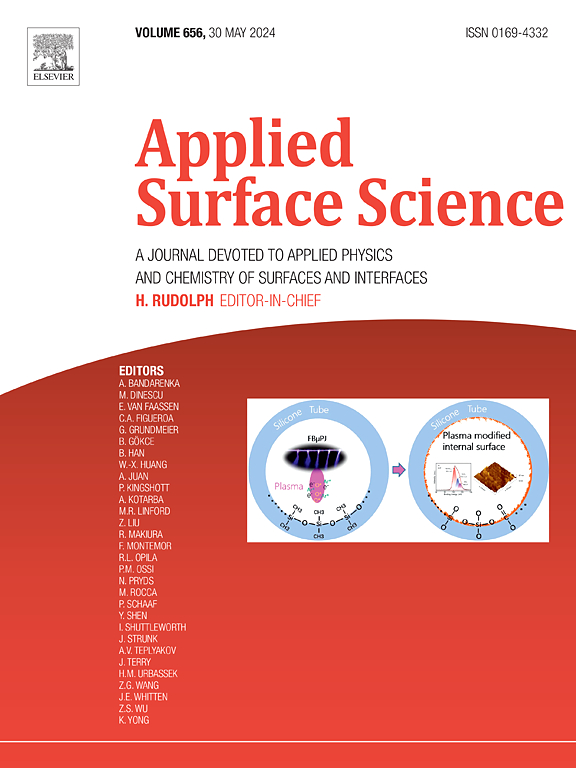硼在MOR沸石中的掺入对二甲醚羰基化制乙酸甲酯的影响
IF 6.3
2区 材料科学
Q2 CHEMISTRY, PHYSICAL
引用次数: 0
摘要
硼(B)掺入MOR沸石为提高二甲醚(DME)羰基化制乙酸甲酯(MA)的催化性能提供了一条有前途的途径,这是煤制乙醇过程中的关键步骤。本研究通过在MOR分子筛合成过程中引入不同含量的H3BO3,开发出具有特定酸性的H-MOR(nB)催化剂。XRD、ICP-AES、FTIR、Raman、NH3-TPD、NH3-IR、11B MAS NMR和27Al MAS NMR等综合表征技术表明,B的掺入并未改变MOR沸石的晶体结构,但显著影响了酸性位点的分布。具体来说,B的引入增加了8元环侧袋(8-MRS)中活性T3位点的比例,同时减少了12元环(12-MR)中易失活的T4位点。这些修饰提高了8-MRS中Brönsted酸位(BAS)的含量和强度,改善了催化性能。在反应条件下,H-MOR(7.8B)的二甲醚转化率最高(43%),MA选择性最高(97.5%),稳定性优于H-MOR(0B)。这些发现得到了密度泛函理论(DFT)计算的进一步支持。这项工作为优化二甲醚羰基化过程中MOR沸石酸度提供了有价值的见解。本文章由计算机程序翻译,如有差异,请以英文原文为准。

Effect of boron incorporation in MOR zeolite on the carbonylation of dimethyl ether to methyl acetate
The incorporation of boron(B) into MOR zeolite offers a promising avenue for enhancing the catalytic performance in the carbonylation of dimethyl ether (DME) to methyl acetate (MA), a pivotal step in coal-to-ethanol processes. In this study, different contents of H3BO3 were introduced during the synthesis of MOR zeolites to develop H-MOR(nB) catalysts with tailored acidic properties. Comprehensive characterization techniques, including XRD, ICP-AES, FTIR, Raman, NH3-TPD, NH3-IR,11B MAS NMR and 27Al MAS NMR, revealed that B incorporation didn’t alter the crystal structure of MOR zeolite but significantly influenced the acidic sites distribution. Specifically, the introduction of B enhanced the proportion of active T3 sites within the eight-membered ring side pockets (8-MRS) while reduced deactivation-prone T4 sites in the twelve-membered rings(12-MR). These modifications increased the Brönsted acid site (BAS) content and strength in the 8-MRS, improving catalytic performance. Among the tested samples, H-MOR(7.8B) achieved the highest DME conversion (43%) and MA selectivity (97.5%), with better stability than that of H-MOR(0B) under reaction conditions. These findings were further supported by density functional theory (DFT) calculations. This work provides valuable insights for optimizing MOR zeolite acidity in DME carbonylation processes.
求助全文
通过发布文献求助,成功后即可免费获取论文全文。
去求助
来源期刊

Applied Surface Science
工程技术-材料科学:膜
CiteScore
12.50
自引率
7.50%
发文量
3393
审稿时长
67 days
期刊介绍:
Applied Surface Science covers topics contributing to a better understanding of surfaces, interfaces, nanostructures and their applications. The journal is concerned with scientific research on the atomic and molecular level of material properties determined with specific surface analytical techniques and/or computational methods, as well as the processing of such structures.
 求助内容:
求助内容: 应助结果提醒方式:
应助结果提醒方式:


